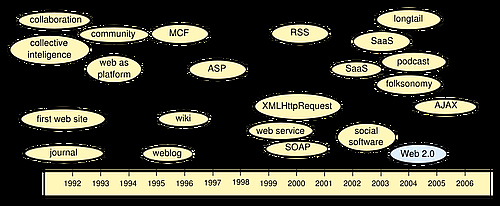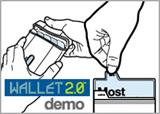Wikipedia's official Standards for web2.0
Proponents of Web 2.0 believe that the use of the Web is increasingly oriented towards interactivity and the future of social networks, providing services that exploit network effects by creating a visual, interactive web page, or not. In some ways, Web 2.0 websites are more of a Point of presence or a user-dependent portal than traditional websites.
On the other hand, in fact, as early as 1999, the famous management scholar Peter · Peter F. Drucker once pointed out that the development of information technology at that time was going in the wrong direction, because the real drive for social progress was "... Information Technology" "In" Information" "Instead of" Technology" . If we only focus on the technical aspects and ignore the information, we will only be an empty shell and cannot add value to society. Web 2.0 is clearly through the interaction of participants: whether it is providing content, indexing or scoring content, it adds value to the platform they use. Through the interaction of participants, a good product or information expands from a small group of users to a large class of people based on its reputation, and once it exceeds a critical mass, it will "spread like a virus" (Gladwell, 2002).
The core concept of Web 2.0 is interaction and sharing, and all network behaviors can be interpreted by the concept of "interaction and sharing".




